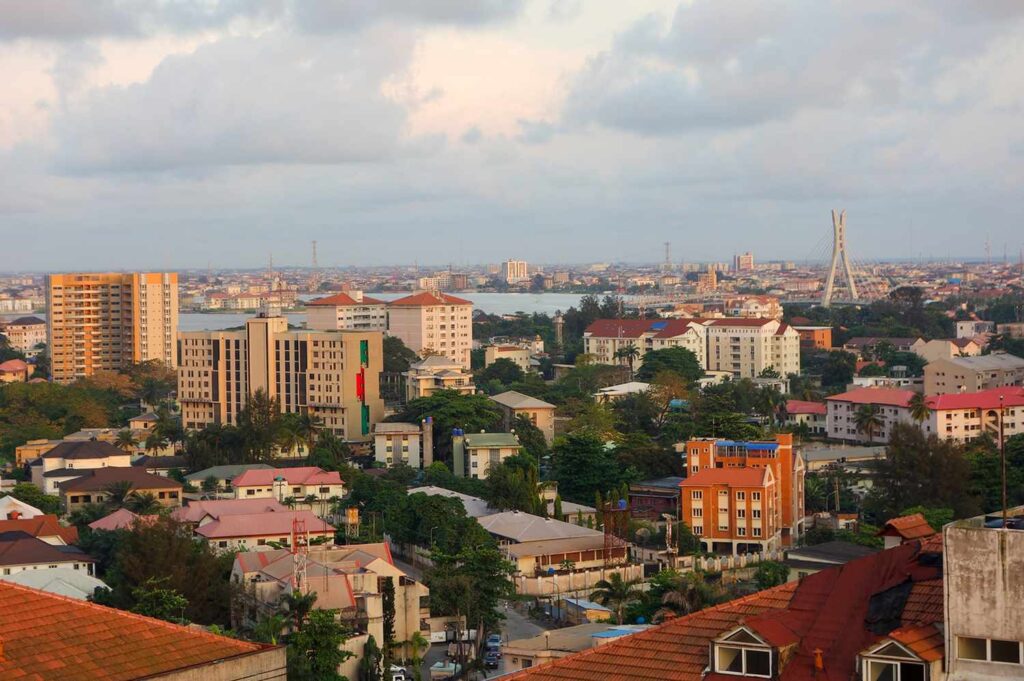
-
Nurturing 24+ Brands, Allowing Them to Evolve, Mature, and Even Rocket into Space
An interview with Larry Traxler, Hilton’s SVP of Global Design Services, who develops responsive design experiences that balance standards for excellence across brand experience, architecture, and guest expectations throughout Hilton’s diverse portfolio.
Please describe your introduction to hospitality, and what initially drew you to the industry.
Larry Traxler (LT): Trained as an architect, I’ve lived in that intersection between brand, built environment, and guest experience since straight out of college, when I started with Jordan Mozer and Associates. We worked with Universal Studios and major restauranteurs [giving] structure and shape to their brands and their guest experiences, whether it be for a movie, a ride or an unexpected experience within their entertainment world. This experience segued to Disney where we got to work on Disney Quest, which was a city block-sized theme park concept that took all the cool Disney experiences from their parks and movies into a more scalable architectural shell that could occupy numerous cities around the world.
Looking back, it is amazing how much brand influences design and the shaping of our retail, workplace, and hotels. Pretty much everything that we do today has an overlay of brand built into it.
When considering the brand experience and design for a new Hilton property, what specific elements or touchpoints are most critical in your approach?
LT: This a tough one to answer, because in my role as global head of architecture and design, I oversee all 24+ brands in our portfolio. Each of them has a different focus and market niche, so those touchpoints are going to vary across these brand segments. Also, regional customer needs and development influences create variations on what those touchpoints are, per brand.
We have core “hard” brands, and then we have “soft” collection brands. The collection brands are all about creating a unique narrative and a story around why that hotel is there. It is essentially a brand of one. Building a compelling storyline and weaving that concept throughout the whole hotel from the lobby to the guest room is critical to their success.
If I’m working in the Middle East for the Canopy brand versus New York City, there’s going to be a very different dynamic for that same brand. For example, rooftop bars and lobby bars that are crucial to the successful vibe of a lifestyle brand in the US aren’t the key drivers of guest engagement in Saudi Arabia or Kuwait where alcohol is not permitted. In the Caribbean and Latin America, culture revolves around coffee, so we focus on creating unique opportunities for social collision and meetings around this coffee culture. It’s important to consider how every brand needs consistent touchpoints, but also must morph and mutate to the location where we’re building. You must think about brand-making in every aspect of the hotel design and how that unfolds during the guest stay. For instance, if you open a drawer within an LXR property, there might be an emerald, green color that is prominent throughout the property that reminds you where you are. Within the Waldorf and Conrad brand, we don’t try that hard to remind the guests that they are in this brand, because this cultural currency has already been built over decades. But in an LXR, Curio or Tapestry, a brand of one, that communication of the brand needs to be more overt in the way it speaks to the guest while on property.
How has your approach to the brand experience and design of Hilton properties changed over time?
LT: I’ve had the unique experience and joy of being able to launch brands from scratch. When I first started this process of creating a brand from an architectural and design perspective, I used to think that [certain] things were immutable. These are the core pillars of the brand, and these will never change. We were eight brands when I joined [Hilton], and we’re 24 now. Every single one of those brands has been created in-house, from a noted white space in our brand lineup. We identify a developmental or customer need that we don’t have a brand for, and we make sure that we are not cannibalizing any of our other brands.
What I’ve realized over time is that you must think about brands like children. They will grow up and change as they mature and the world around them changes. How will the brand age and adapt to new market drivers while still being respectful and identifiable to its brand essence?
Within certain brands, it’s important to think about scale and how we grow them quickly. How do I apply something that is consistent, understandable, and memorable across one thousand properties and what is the risk of that item not being able to stand the test of time? What that means in terms of brand evolution, how it grows up, how it matures, and what those transformational moments are, is important.
How have the expectations of your guests changed, and what role does brand strategy play in answering these changing expectations?
LT: That’s the million-dollar question. It has changed dramatically over the course of my time in the hospitality industry, never more quickly since 2020 and that moment of pause that we experienced during the pandemic. Since then, it has taken a dramatic turn towards lifestyle experience, experiential design, and creating unique types of environments that people want to be in.
Hotels have always been the host of key moments in people’s lives. You have anniversary meals, get married, or have a wedding reception in a hotel, and it stays with you for the rest of your life. When I started with Hirsch Bedner Associates in 1997, hotel programming was predictable, and their spaces were compartmentalized. A hotel design achieved differentiation through materials and finishes, and how high the ceiling was or what their views were. Now, we think about everything through the lens of how to create a unique experience and a point of differentiation. We must escape the sea of sameness. Meeting spaces should feel engaging and memorable – they’re not white boxes anymore. Lobbies aren’t just places to flow through, to check in, and maybe grab a drink. They have become places to work and socialize over the day. Everything within the hotel must do more—double duty, triple duty. Things must be flexible to guests’ needs and demands. F&B spaces are expected to be a lot more dynamic to compete with destination restaurants around the world. Social media has raised the bar on everything that we do. Guests won’t come to our hotel restaurants if you don’t create something compelling and memorable.
I would say, across every single one of our brand segments, the demand for thoughtful design has been amplified. We are continually adjusting our brands and continually going back to our consumer insights and strategy teams and asking questions. How is this perceived? What does this guest think about the shower experience? What does this guest want from their sleep experience? What are they really looking for in dining, meetings or in the club lounge? We’re doing that at a pace much faster than we ever had in the past. Literally, every six months, we adjust our brands based on where things are moving. In the context of new construction, it takes three or four years to build a hotel, so that’s a lot of adjustment and anticipatory design and changes and discussions with owners.
How does brand strategy influence your bottom line in terms of ROI?
LT: One small example of this is the propensity for guests to stay at a hotel, to pay more, and to return [based on] the shower experience (whether guests can expect a walk-in shower vs. a tub with a shower curtain). We used to think that it was fairly easy. If you’re a family, you’re going to want a tub because you have little ones. In reality, that’s not the truth. We used to think that if we put 100% showers in our hotels, we would see a rate increase because guests were more likely to pay more for that elevated experience. In reality, we now have proof that 20% of the guests actually prefer tubs. They are not going to pay more, and they might not come back if they only have a walk-in shower solution. Whether we’re talking about showers, premium coffee, the sleep experience, club lounges— [all of this] impacts the ROI of the hotel.
We used to think that we just intuitively got what our guests wanted. Now we understand that they’re complex, and they’re changing constantly. The brand strategy and the consumer insights teams give us hard numbers that take away a lot of that subjective guesswork. There are a lot of design aspirations when you start a new project as you have a blank sheet of paper to make it all things for all people. But, when it comes down to it, there are certain metrics that make sense for a hotel to make money: the cost per key, the square feet per key, the amount of meeting space per key, and the number of F&B venues for any given location all come into play.
What do you see as the next frontier within the hospitality landscape, and how can an integrated brand strategy respond to this evolution?
LT: Two different things enter my mind. We are working with Voyager Space on the Starlab. Space tourism is a huge business in the immediate future. By 2030, it’s estimated to be something like a $3-billion industry, and then it will double and triple after that.
Our recent announcement about partnering with Autocamp — an example of glamping and staying in the great outdoors — has been in the works for a long time. Several of our hotels are built around the mountain biking culture. This means that the lobby is designed differently. We have a bike repair workshop, and even the guest room is designed differently for those guests. Adventure travel, being outdoors, experiencing the natural environment in new ways are all becoming more prominent in our strategy.
This article originally appeared on Boston University Hospitality Review.


